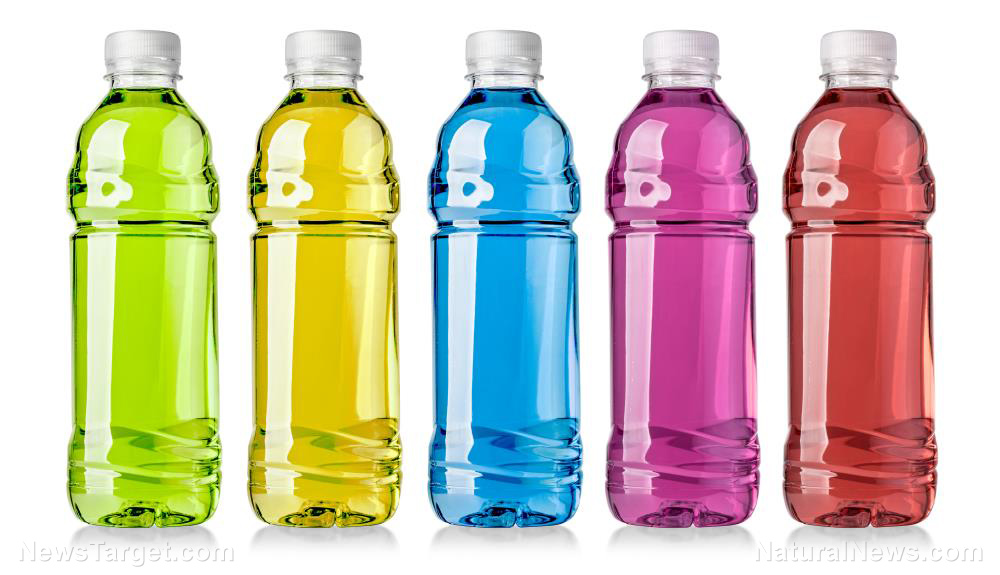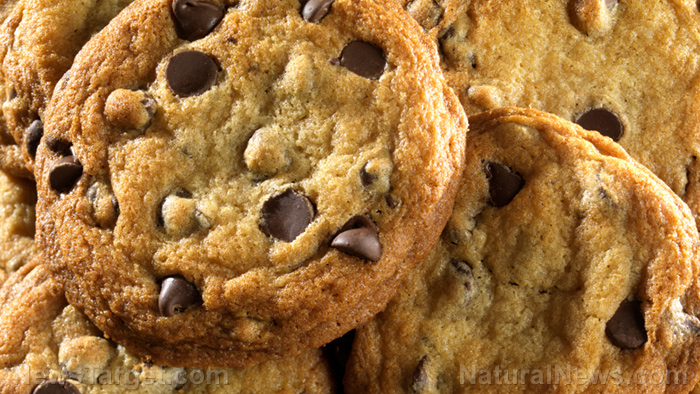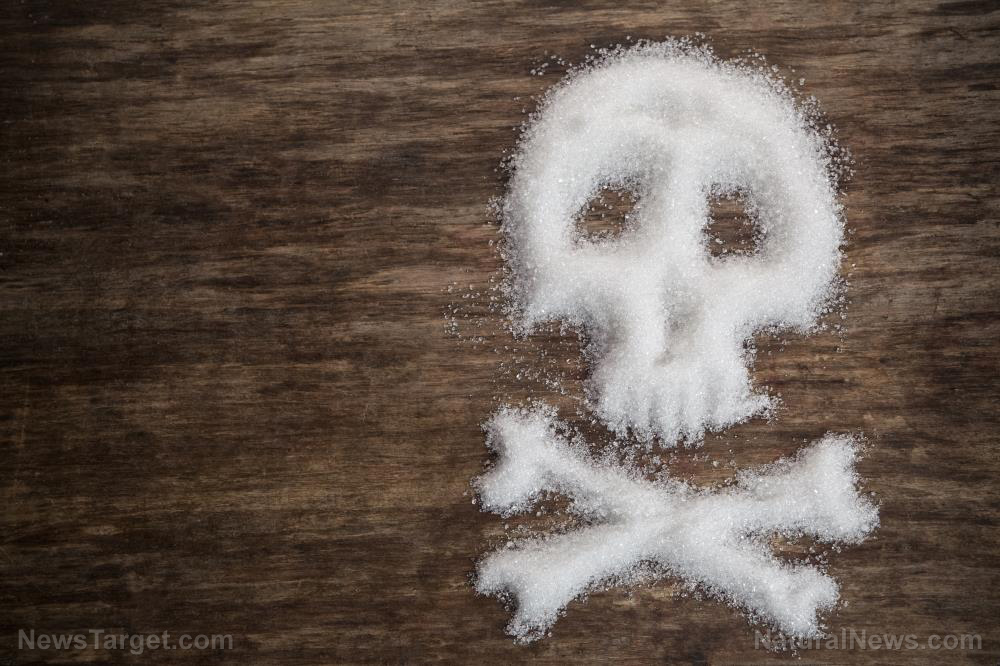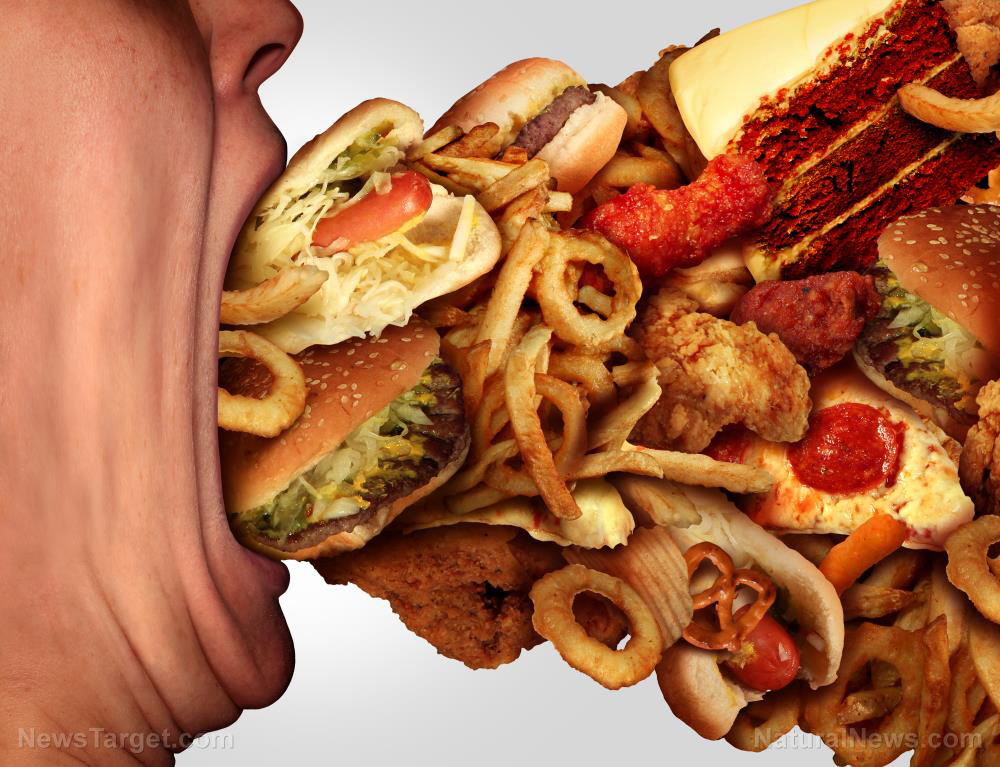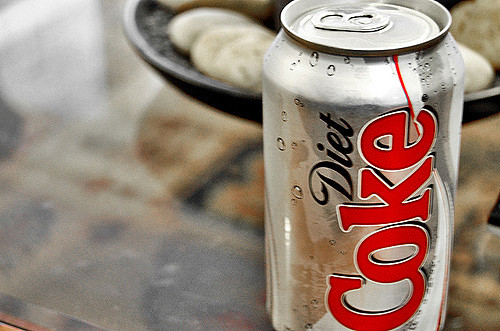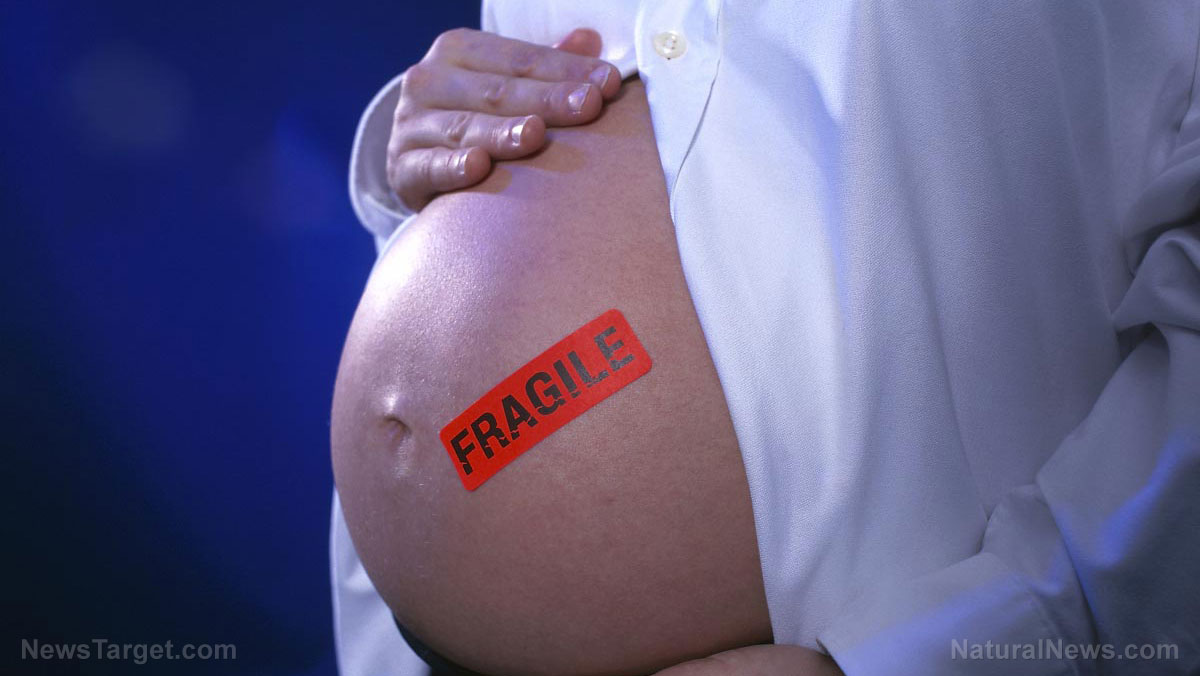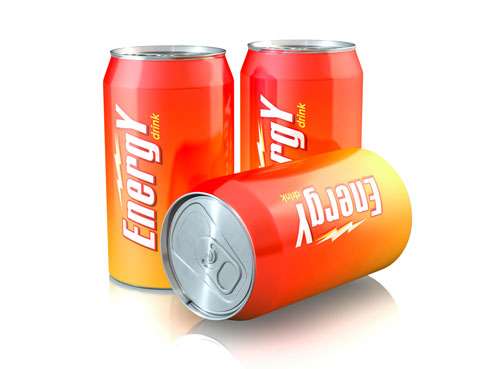How much salt should you really be eating?
12/24/2018 / By Mary Miller

The sodium contained in salt is necessary for our body to function. It helps to ensure that proper nerve transmission, muscle contraction, and other body functions can take place. At the same time, because of how easily salt can add flavor to food, it is easy to eat too much salt.
Salt should not be confused with sodium. Its chemical name is sodium chloride. This implies that salt contains sodium, but that they are not the same. Many manufacturers take part in this confusion by labeling the salt content of their food as sodium on the packaging. This can lead many people to think that they consuming less salt than in reality. Some kinds of food, such as bread and breakfast cereals, are not typically associated with a high salt content, but they may actually contain a lot of hidden salt. You could even be eating hidden salt right now.
Eating a diet of foods that are rich in salt can increase your risk of a number of health conditions, such as stroke, heart attack, and high blood pressure. For example, having more sodium in your body attracts more water. The more water your blood retains, the more pressure builds within your body. This is how consuming too much salt can lead to high blood pressure.
How much salt is too much
Salt is normally removed from the body through sweat and urination, but this is usually replaced by the salt in the food we eat. It is important not to eat too much salt that our bodies cannot lose it as quickly as we take it in. (Related: How much salt can you eat before it wrecks your health.)
The UK National Health Service recommends a maximum daily consumption of 6 g of salt per day. This is the equivalent of around one teaspoon of salt per day. As for sodium intake, the World Health Organization recommends less than two grams of sodium per day, whereas the American Heart Association gives a more conservative recommendation of 1.5 grams of sodium per day, especially for those at risk of heart disease.
You’ll know if you have too much salt in your body if you start experiencing symptoms such as bloating and water retention. Swelling can often occur around your tummy area. Your fingers and toes may appear swollen too. When the amount of water in your body isn’t enough to support the amount of sodium in it, fluid is forced out of your cells and into your bloodstream to help support the excessive amount of sodium. Your brain will also receive a signal that your body needs more water. This will make you experience extreme thirst to get you to drink more fluids. You might also experience a headache due to the swelling of blood vessels in your brain.
How to reduce your salt intake
You don’t need to get rid of salt entirely. Here are just a few ways that can help you decrease your daily salt intake:
- There are many other ways to add flavor to a dish without using salt. Instead, you can use spices or seasonings that do not list sodium on their labels. Rather than adding garlic salt, you can give garlic powder a try.
- Eat more fresh fruits and vegetables. They are low in sodium. Even canned and frozen fruits have a low sodium content.
- Choose fresh meats instead of processed meat products such as bacon or ham. Fresh cuts of pork, beef, and chicken still contain natural sodium, but not the hidden extra hidden sodium of processed meat.
- Regularly read food labels before eating your food. The food label should always list the food content. This way, you can keep track of how much sodium you eat.
- Since you’ve started reading the food labels, why not compare different brands of the same food item? This will help you choose the brand with the lowest sodium content.
If you want to learn more about other kinds of food that are low in salt, you can read more articles by going to Food.news.
Sources include:
Tagged Under: cardiovascular disease, Diets, food labels, heart attack, high blood pressure, high salt intake, hypertension, ingredients, salt, sodium, sodium chloride, stroke


